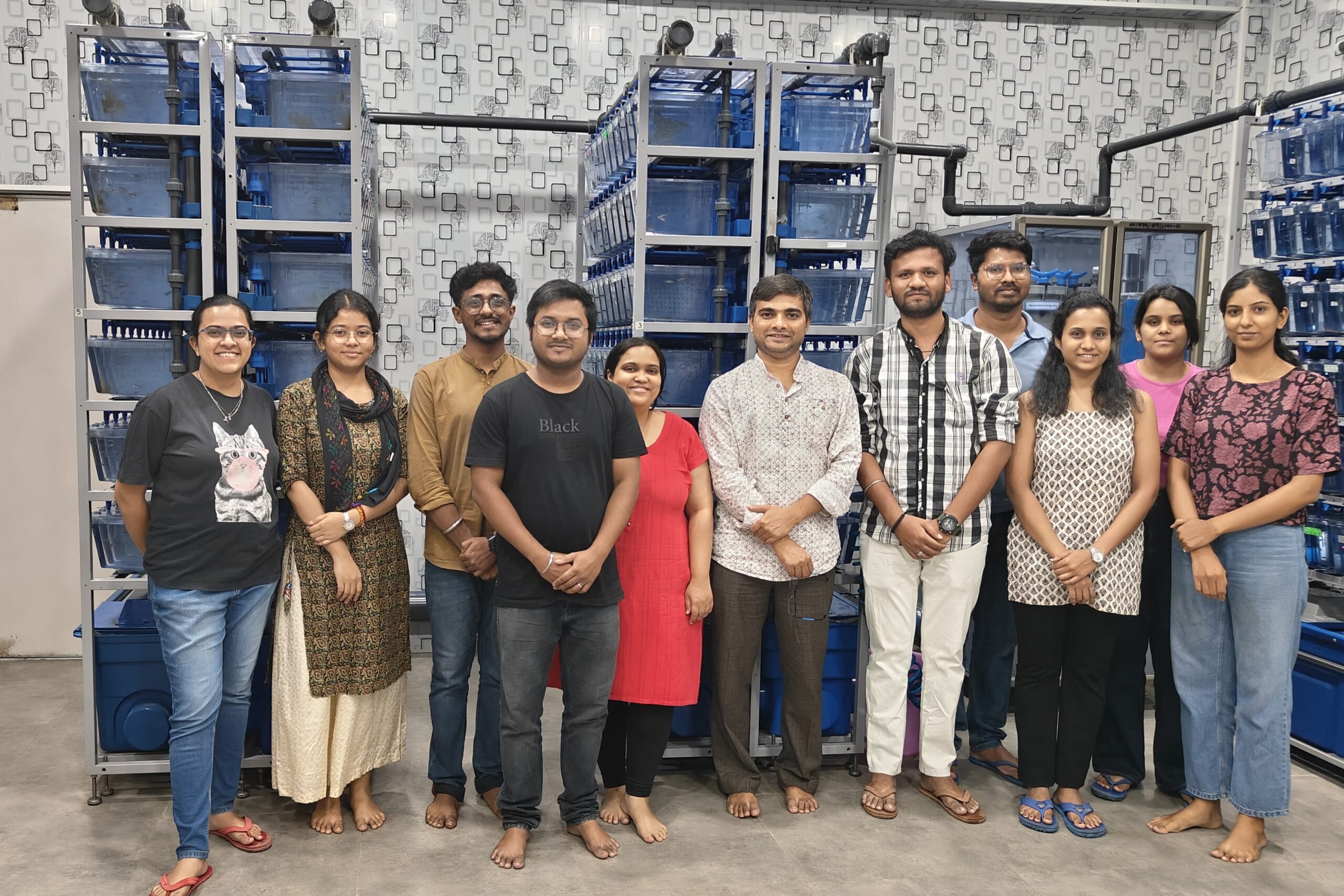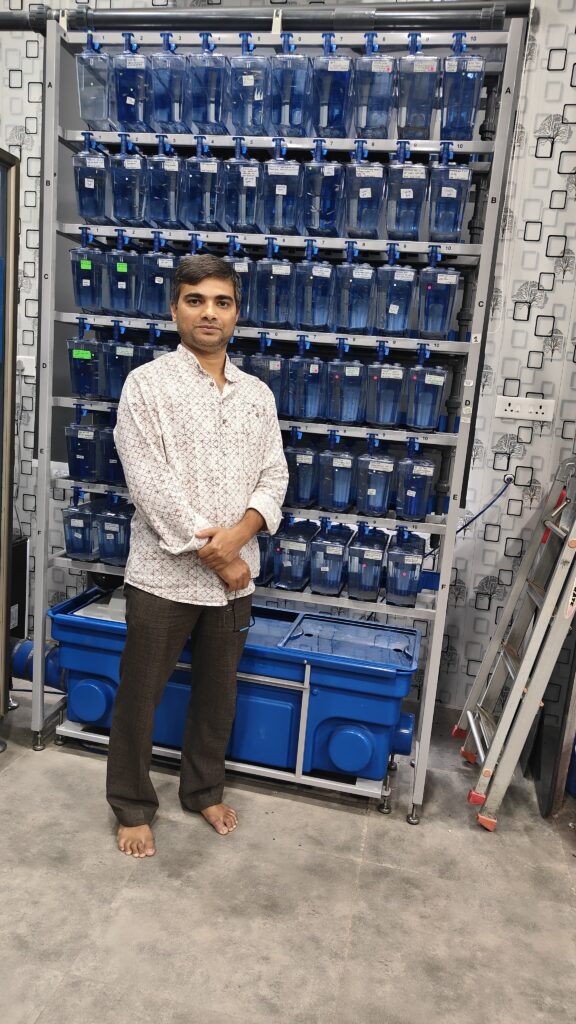Hello, Chinmoy. Tell us about yourself! What has been your journey so far?
I am a researcher with a strong background in pharmacy, cell biology, genetics, developmental biology, and regenerative biology. After a bachelor’s from Jadavpur University and a master’s from IIT-Kharagpur, I moved to Germany for my doctoral and postdoctoral studies at the Max-Planck Institute for Heart and Lung Research. My experience as a postdoctoral fellow at MPI gave me a lot of insights into cardiovascular development.
Currently, as a scientist at the Agharkar Research Institute in Pune, India, I continue my research on the role of extracellular matrix molecules in heart development and regeneration. I am committed to creating more knowledge in the field, which drives me to continue my research.
What does your group work on, and what made you choose your topic of research?
We use zebrafish as a model organism to study heart development and regeneration. This tiny fish has high regenerative capacity, making them an ideal model to study this. We are trying to understand the molecular mechanisms involved in heart regeneration in zebrafish. By doing this, we can also potentially apply this knowledge to develop therapeutic strategies for promoting heart regeneration in humans.
In addition, to understand what causes a disease, we often use biological models that represent a disease. In our lab, we use zebrafish disease models for genetic cardiac disorders (heart disorders caused by faults in the respective genes that can be inherited). Using this, we study the effect of specific gene mutations on heart function and aim to identify molecular targets for therapeutic interventions.
Our research aims to contribute to the development of novel treatments for heart diseases, ultimately leading to improved outcomes for patients with cardiac disorders.

That’s a really great topic! What have you learned about cardiac regeneration from these zebrafish models? And how does the extracellular matrix fit into this whole story?
From the studies on heart development, we learned that minor errors during cardiogenesis lead to progressive cardiomyopathy. Studies on heart regeneration taught us that extracellular matrix molecules modulate inflammatory responses, which have a positive response to heart regeneration.
At present, we are trying to understand the role of different types of immune cells in heart regeneration.
Currently, you are a full-time faculty. What excites you the most right now?
I am constantly amazed by the influence of the environment on an organism. Whether it is the environment in which an organism lives or the environment that affects the function of an organ or a specific cell type, every living entity, from a single cell to a multicellular organism, behaves based on its environmental factors. I am particularly thrilled to discover the untapped potential of the extracellular matrix, although I am not surprised by its power.
Has being a member of InSDB helped you in any way?

The InSDB community has been integral in fostering collaboration, sharing knowledge and resources, and supporting the growth of developmental biology research in India. Through conferences, workshops, and networking opportunities, scientists in this field have been able to exchange ideas, showcase their research, and stay updated on the latest developments.
Being a part of this community has not only expanded my scientific knowledge and skills but has also allowed me to connect with like-minded researchers who share a passion for understanding the complexities of development and regeneration. The support and camaraderie within the InSDB community have been invaluable in my research journey.
I look forward to continuing to be a part of this vibrant community and contributing my research to further push the boundaries of developmental biology.
And, what is one thing you want InSDB to do in the future?
Workshops can be a valuable way for students to learn about new research techniques and models. It can also help them understand the importance of classical techniques and their relevance to current research. InSDB could organize, or support researchers to organize workshops and provide hands-on training to students in various fields and from different parts of the country. This can greatly enhance students’ understanding and skills in the field.
Finally, where do you see the Indian devbio community in the next ten years? What are some of the changes that you would like to see happen?
In the next ten years, I would like to see the Indian devbio community grow and flourish in several ways. Some of the changes that should happen include:
1. Increased collaboration and networking.
2. Investment in infrastructure and resources.
3. Having a significant number of researchers in each core field of developmental biology.
4. Training and mentorship programs.
By implementing these changes, I believe we can make significant strides in advancing developmental biology research in India over the next decade.
—
Chinmoy has been recognized for his research contributions through various awards and fellowships: the JSPS Invitational Fellowship for Research in Japan, and the Wellcome Trust/DBT India Alliance Intermediate Fellowship, among others. He has also successfully led the Max-Planck Partner group in India and has received the Early Career Research Award from DST, India.





